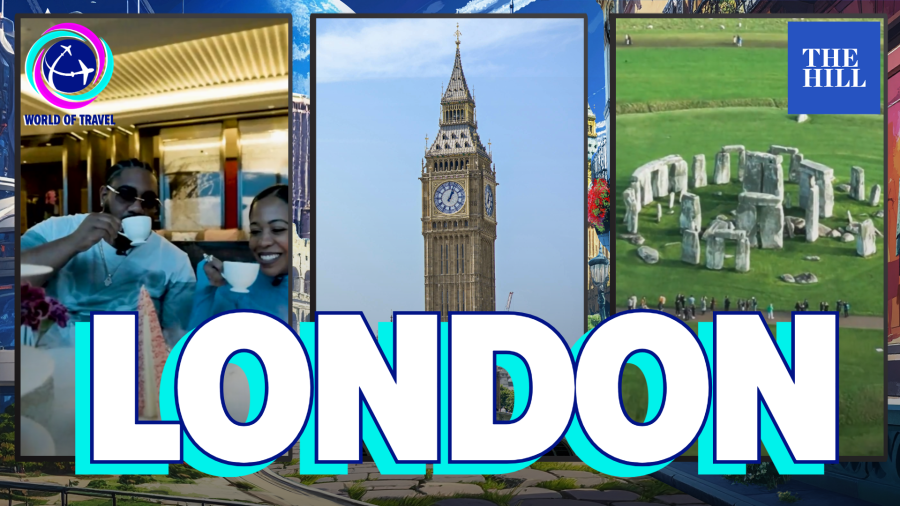
For Americans, London often represents both familiarity and fantasy, a place where democratic partners share history but monarchy still shapes national identity.
Just weeks ago, President Trump attended a state banquet with King Charles III during his second official visit to the United Kingdom, a reminder of the ceremonial bridges that continue to link the two nations. The spectacle of royal pageantry remains a cultural export as powerful as any political alliance, and for many U.S. visitors, its intrigue is inseparable from London’s appeal.
World of Travel visited the U.K. to explore why this city remains one of the world’s most enduring destinations, not only for its iconic landmarks but for the way history and modern life coexist in plain sight. Yes, the team visited Buckingham Palace, Westminster Abbey, the London Eye, the Tower of London and the Houses of Parliament, but the real sense of London emerges beyond the postcard images.
To experience the city from above, the World of Travel team stayed at Shangri-La The Shard, London, located in Western Europe’s tallest building. Soaring nearly twice the height of any other viewpoint in the city, the hotel offers panoramic skyline views stretching as far as 40 miles on a clear day, a vantage point that makes modern London feel almost alive beneath you.
The team also immersed itself in the city’s architectural heritage at the Town Hall Hotel in East London, a former Edwardian civic center built in 1910 and now reimagined as a design-forward destination that still preserves features like its original Council Chamber. The building is a fusion of craftsmanship and contemporary style and it continues to play a role in storytelling through its use as a film location for productions like the 2007 drama film “Atonement.”
London is also a launchpad for onward exploration, which is why the Eurostar remains one of the most transformative ways to experience Europe. A traveler can wake up in London and have lunch in Paris, a level of cross-border fluidity Americans rarely experience.
Beyond the city, the journey continued to Stonehenge, a 2.5-hour drive southwest through the countryside to one of the world’s oldest engineered structures. Built in stages beginning around 3100 BC, it served spiritual, astronomical and ceremonial purposes, including alignment with the summer and winter solstices. While folklore often credits sorcery or aliens, the archaeological record shows a monumental human effort that required planning, labor and coordination across generations.
London today is a city negotiating between continuity and change in real time. Its global appeal comes not only from its history, but from the way that history is still lived with — not preserved behind velvet ropes.
It is a place where gothic cathedrals coexist with glass towers, royal tradition sits beside street art in Shoreditch, and medieval cobblestone lanes feed into some of the world’s most modern transit networks.
Travelers come for the monuments they’ve seen in textbooks, but they return because London remains a working blueprint for how a nation can honor its past without being defined or limited by it.
In this moment, when so many places around the world are deciding what parts of their identity move forward, London stands as proof that heritage is not the opposite of innovation, it is its foundation.
EDITOR’S NOTE: Lindsey Granger and Kolyn Boyd are the co-creators of “World of Travel,” a series that explores the past, present and future of extraordinary places around the globe. You can watch the episode on London here and future episodes each Wednesday at 4 p.m. EDT on The Hill’s YouTube page.
Lindsey Granger is the co-host of “Rising.” Kolyn Boyd is a film director based in Washington, D.C.
Catch complimentary podcasts every Thursday at 4 p.m. on The Hill’s YouTube channel.
The London episode of “World of Travel” was sponsored by Eurostar, Shangri-La The Shard London, Town Hall Hotel London, and Daytrip.


